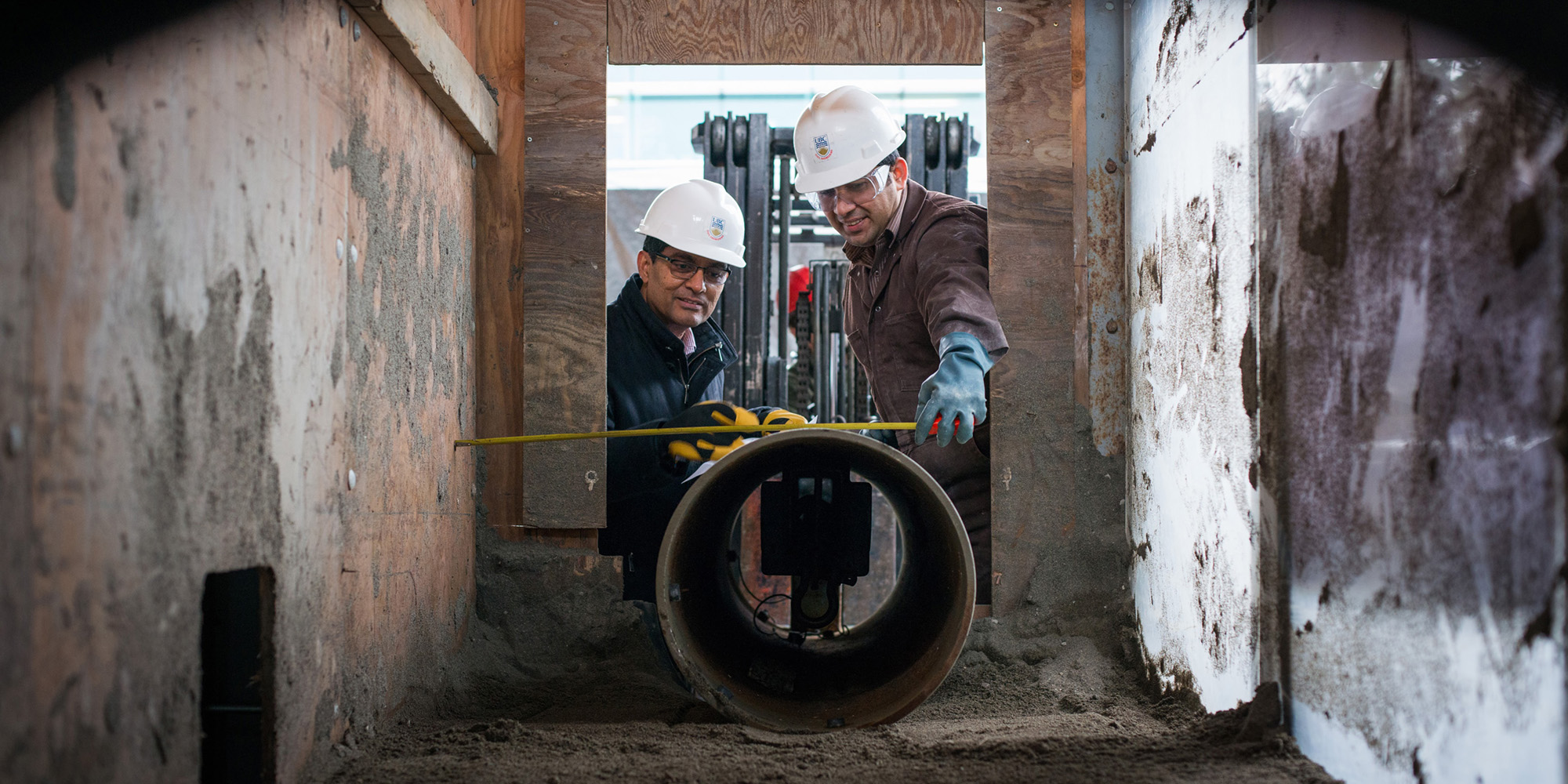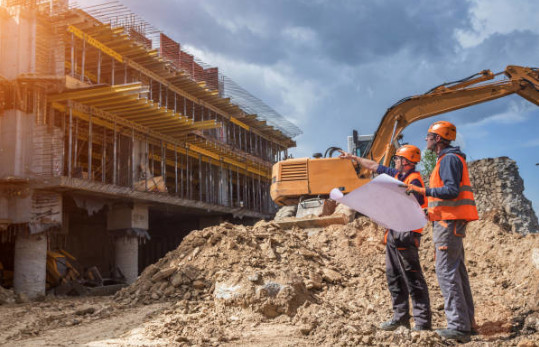Geotechnical Geologist Solutions for Accurate Dirt and Rock Analysis
Wiki Article
Exactly How Consulting Engineers Enhance Geotechnical Engineering Projects: Insights Into Their Experience, Approaches, and Collaborative Approaches
Consulting engineers are essential in improving geotechnical engineering projects, using their specialized understanding to browse the intricacies of subsurface conditions. Their methodologies encompass a series of website investigation methods, consisting of Criterion Penetration Examinations (SPT) and Cone Penetration Tests (CPT), which educate important decisions throughout the design and construction stages. Additionally, their joint techniques foster communication amongst diverse job stakeholders, ultimately forming the project's trajectory. As we check out the complex functions these professionals play, it comes to be clear that their payments prolong beyond technical know-how, triggering a closer consider the effects for project success.Function of Consulting Engineers
The expertise of seeking advice from designers in geotechnical engineering is essential to the effective implementation of building jobs. These specialists play an essential duty in assessing soil and rock homes, which are essential factors affecting layout and construction choices. By performing comprehensive site examinations, consulting designers gather crucial information that educates the layout procedure, ensuring projects are built on steady and appropriate ground.Consulting engineers likewise provide vital understandings right into risk administration (geotechnical geologist). They recognize prospective geotechnical dangers, such as landslides, dirt liquefaction, and negotiation problems, allowing stakeholders to carry out effective mitigation strategies. Their expertise help in optimizing structure styles, which can bring about substantial expense financial savings and enhanced safety
Additionally, consulting engineers function as an important link between task owners, architects, and contractors. Their capacity to equate complex geotechnical information into actionable referrals promotes collaboration and promotes notified decision-making throughout the task lifecycle. This multidisciplinary technique not only boosts job efficiency yet likewise guarantees compliance with governing standards and best methods.
Key Techniques in Geotechnical Engineering

One main methodology is site examination, which involves performing area tests and laboratory analyses to collect information on subsurface conditions. Techniques such as Requirement Infiltration Screening (SPT) and Cone Penetration Screening (CPT) are extensively utilized to assess dirt stratigraphy and toughness. Furthermore, geophysical approaches, including seismic and electrical resistivity studies, provide non-invasive ways to examine subsurface features.
An additional critical methodology is numerical modeling, which enables designers to imitate numerous situations and predict how soil-structure interactions will certainly behave under various loading problems. Finite Element Analysis (FEA) is an usual technique utilized in this context.
Furthermore, the design of foundations, retaining frameworks, and earthworks depends heavily on these approaches - geotechnical geologist. By integrating innovative logical tools with field information, getting in touch with designers can establish tailored solutions that resolve details task obstacles, eventually contributing to the security and safety and security of building and construction jobs
Value of Dirt Evaluation
Dirt analysis acts as a fundamental aspect in geotechnical design, giving important insights into the physical and chemical homes of soil needed for efficient construction preparation. Recognizing soil characteristics is critical for identifying its load-bearing capability, drainage actions, and capacity for settlement or instability. In-depth dirt investigations, consisting of sampling and lab screening, assistance recognize parameters such as dirt kind, dampness material, thickness, and shear toughness.
These evaluations inform the choice of appropriate construction strategies and products, ultimately influencing job safety and security and durability. Cohesive soils might call for various structure styles compared to granular soils, demanding customized design solutions. Dirt analysis aids in determining contaminants that could position dangers her explanation to human health and wellness or the setting, enabling for the advancement of reduction methods.
Integrating soil analysis into the early phases of task development helps to minimize unforeseen difficulties, making sure that engineers can expect more info here and deal with potential issues before they escalate. By developing a comprehensive understanding of the website problems, getting in touch with designers can maximize style effectiveness and decrease costs, thereby enhancing the total success of geotechnical design jobs.
Collaborative Approaches in Tasks
Effective geotechnical jobs typically pivot on collective methods that bring together varied knowledge from various techniques. Efficient collaboration amongst getting in touch with designers, rock hounds, ecological researchers, and building professionals is crucial for resolving complicated challenges and maximizing job end results. By leveraging the special skills and expertise of each team participant, tasks can benefit from a holistic understanding of the website conditions, regulative requirements, and design restrictions.Normal communication and interdisciplinary conferences help with the sharing of understandings and cultivate a culture of teamwork. These collaborative initiatives enable the identification of possible threats early in the project lifecycle, permitting prompt reduction techniques. Incorporating comments from stakeholders, including regional areas and governing firms, ensures that all perspectives are thought about, improving job acceptance and compliance.
Furthermore, the combination of sophisticated modern technologies, such as Geographic Details Equipment (GIS) and Structure Details Modeling (BIM), more boosts cooperation. These tools permit the real-time sharing of data and visualization of geotechnical problems, advertising educated decision-making. Inevitably, a joint strategy not just simplifies project execution but also lays the foundation for innovative solutions to complex geotechnical engineering challenges.
Influence on Project Results

Consulting engineers use sophisticated methodologies such as danger analysis and predictive modeling, which boost the accuracy of job projections. Their ability to incorporate cutting-edge innovations, like geotechnical instrumentation and information analytics, further fine-tunes the design and construction procedures. Consequently, projects experience improved performance, minimized expenses, and lessened hold-ups.
Moreover, promoting reliable communication and cooperation among staff member boosts analytical capabilities. When challenges emerge, a united front enables for quick recognition of remedies, protecting against possible setbacks. Ultimately, the collective efforts of getting in touch with designers add to better outcomes, making sure that tasks fulfill both governing criteria and customer assumptions.
Conclusion

Report this wiki page